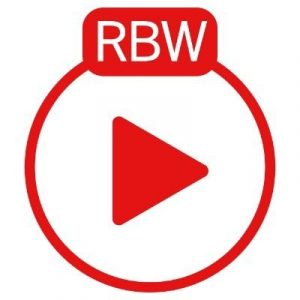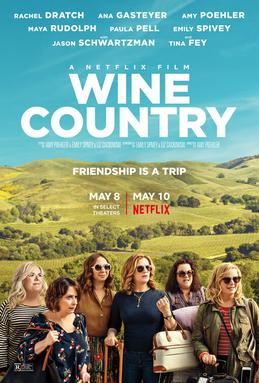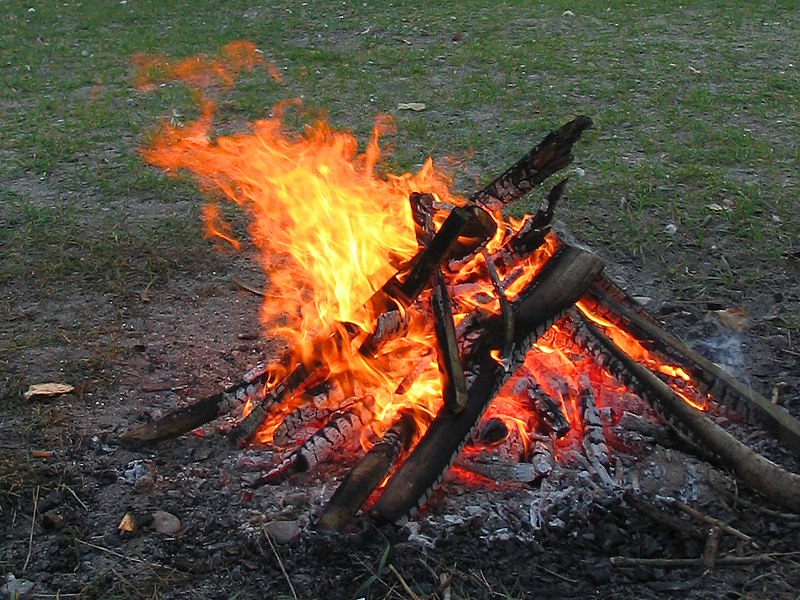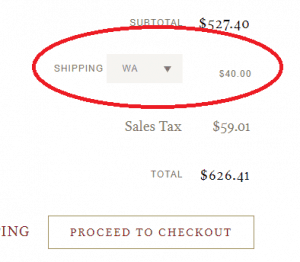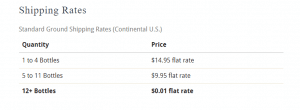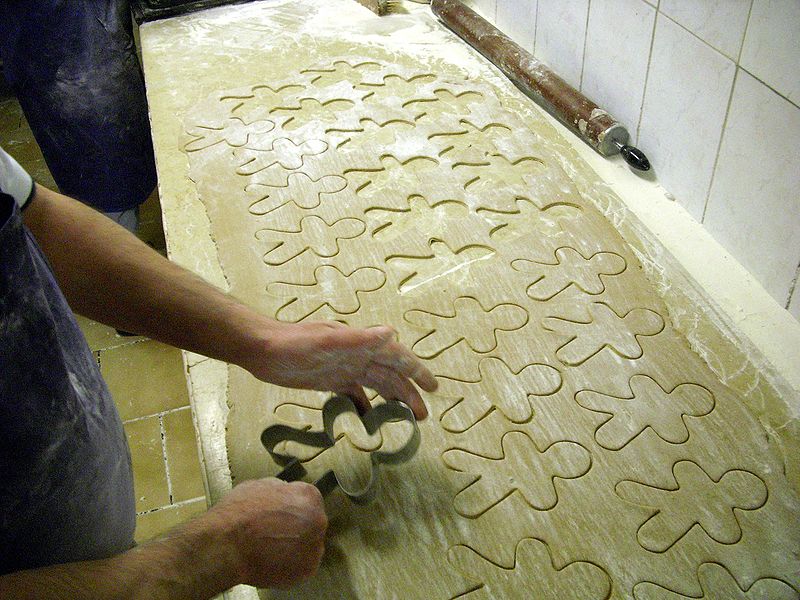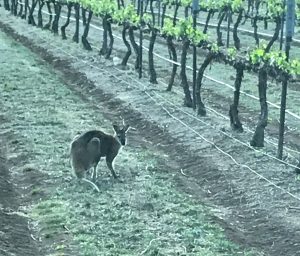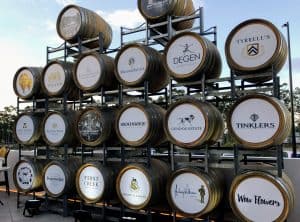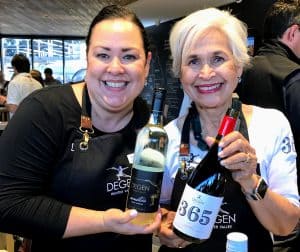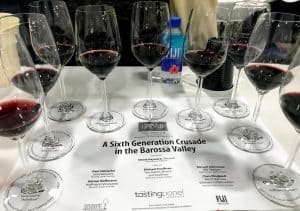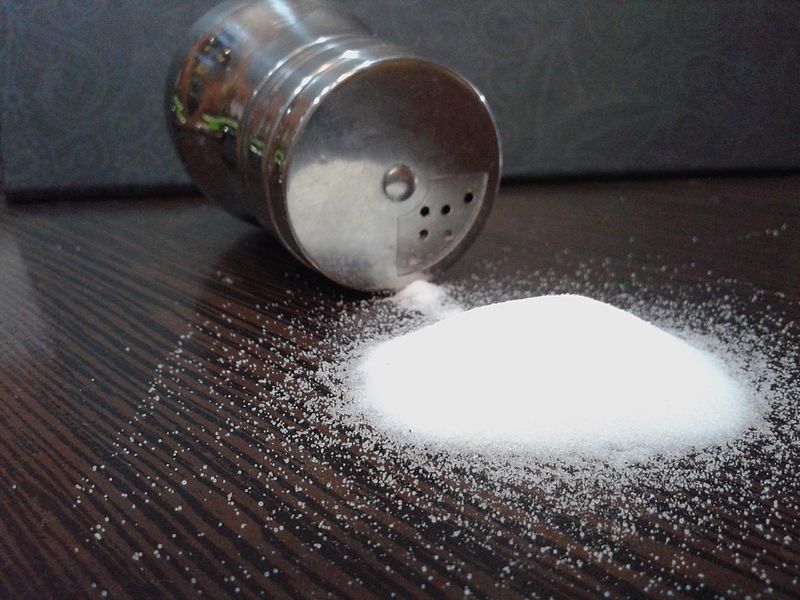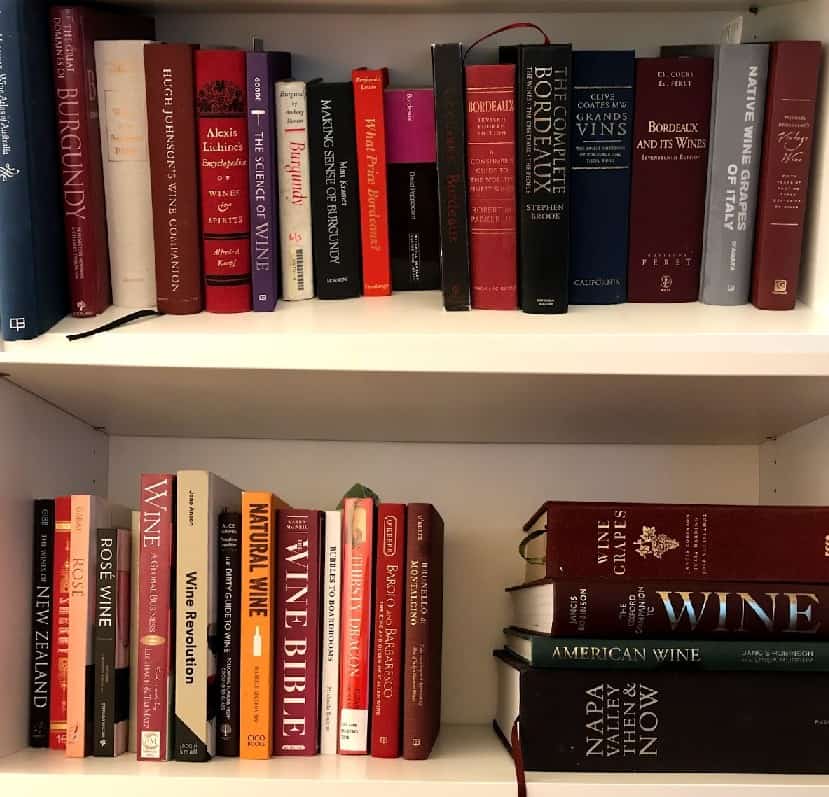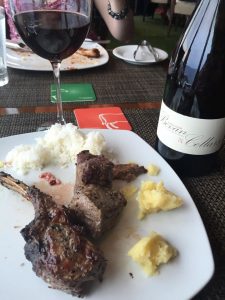My post last month on How Can We Make Virtual Wine Tastings Less Sucky? generated quite a response. While most of it came from wineries seeking honest feedback on their VTs, I also received numerous inquiries from folks wondering how I was finding these events. For me, it was relatively simple because they’re popping up everywhere on social media. But when I went to Google “Virtual Wine Tasting,” I quickly realized what a chore it was for consumers to find interesting online wine events.
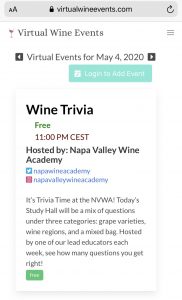
Unless someone is actively following lots of wineries, wine schools, bloggers, etc., most of these events float under the radar. Yet, there’s clearly a growing interest even in a post-Covid future.
One silver lining emerging from this pandemic is that it has encouraged us to embrace digital tools like never before. Zoom is not going away, neither are Facebook and IG Live events. Everyday consumers are getting comfortable connecting with people and brands from across the globe on these platforms. Even when things get back to semi-normal, there’s always going to be an audience for online wine events.
We just need an easier way to find them.
VirtualWineEvents.com
I have to give credit to my wife, Beth, a former Google site reliability manager, for developing this site. She not only noticed that the domain name was available (as well as onlinewineevents.com) but that Google Trends was showing people searching for these terms. She had been itching to play around with wine-related technology in her quarantine downtime so, after a couple of weeks of work, we launched the site this weekend–already populated with over 200 events.
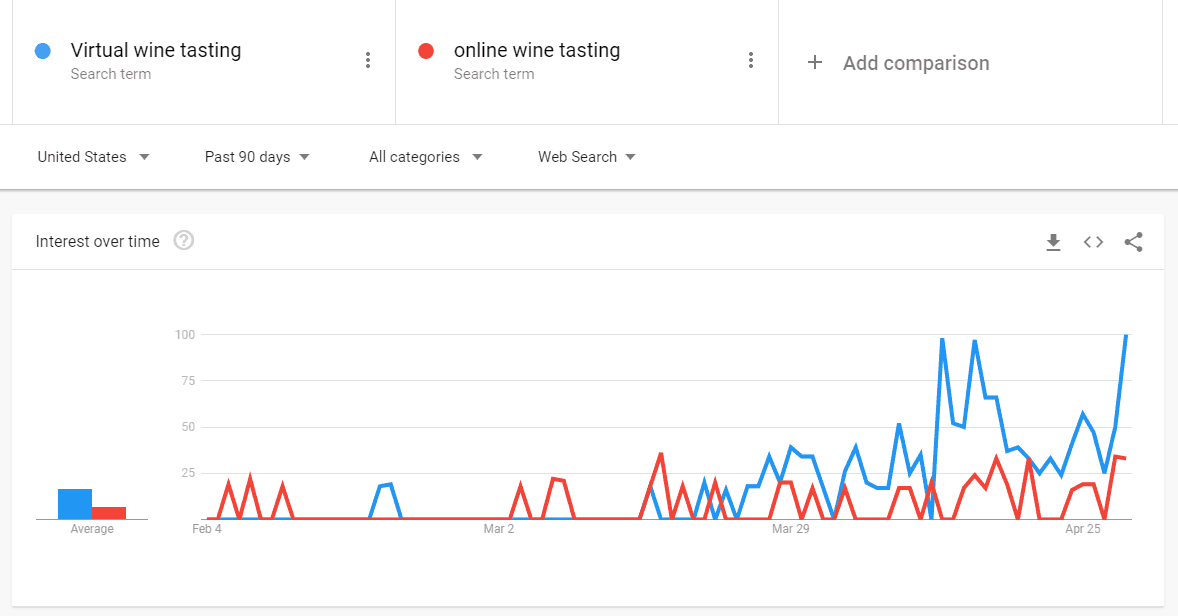
Google Trends in the US for Virtual Wine Tasting and Online Wine Tasting
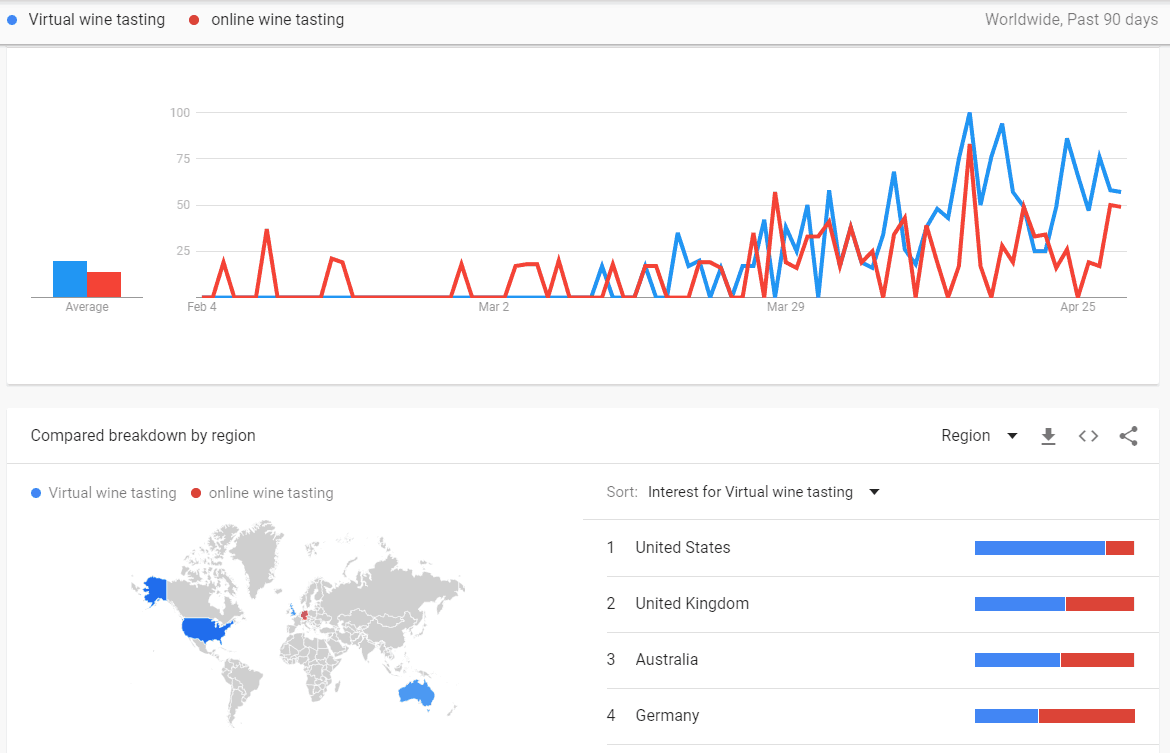
Global results
This is a free tool for wineries, educators and other small businesses to promote their wine events.
While I will be managing the site and uploading events as I find them, it’s designed to be easy for anyone to use. All you have to do to upload an event is to create a login via FaceBook or Google. We also have an email login option that we’ll keep as long as it’s not being abused. The aim is to maintain some accountability on who is submitting events.
Once you’ve created a login, you can input an event on any date by filling in the details below. The listing will then need to be approved by admins who will make sure it is a legitimate event before going live.
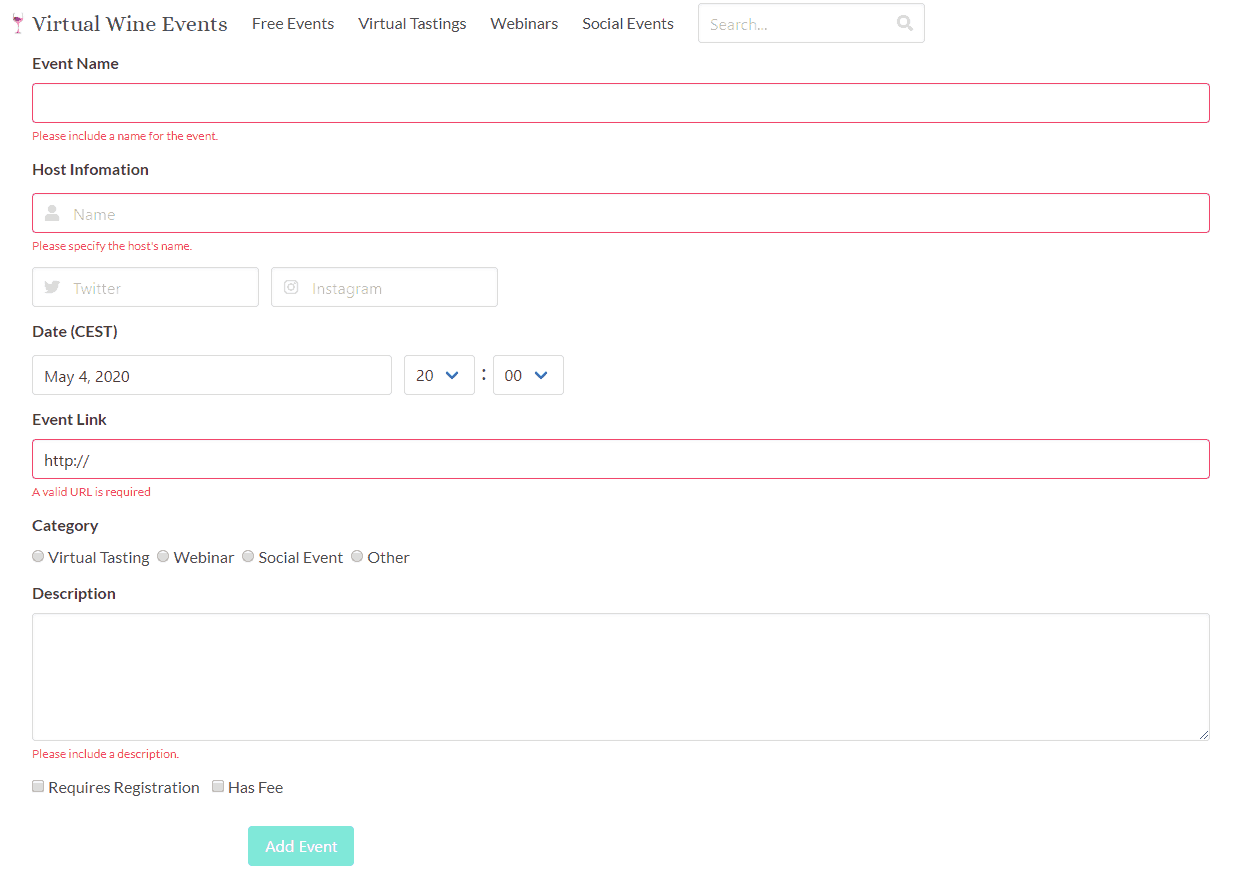
The timezone is based on the login IP of the submitter (in my case, Central European Time). For global visitors to the site, the time will be adjusted to their own time zone.
Future Developments in the Works
We just launched the site this weekend with several more features slated to be added–including some front-end design work and the ability to upload photos. But three significant items coming soon:
1.) Social media share buttons on each event listing so that consumers can easily post to their SM accounts events that they are interested in.
2.) An “Interested” icon that consumers can select to highlight events that intrigue them. This will contribute to a Reddit-style “Trending Events” listing that will appear on the main page to highlight future events that are garnering the most interest. While the homepage for today’s events will always list things in order of what’s coming up next, future calendar dates will elevate to the top more popular events for higher visibility.
3.) A back-edit feature to upload links to recordings of events that have passed. As I noted in my previous article, the long term benefit of virtual wine tastings and other online wine events is that this is content that can keep working for you.
Search results on Virtual Wine Events include several of the most recent past events that are relevant to the query. Like this example of what someone would see searching for a wine event about New Zealand.
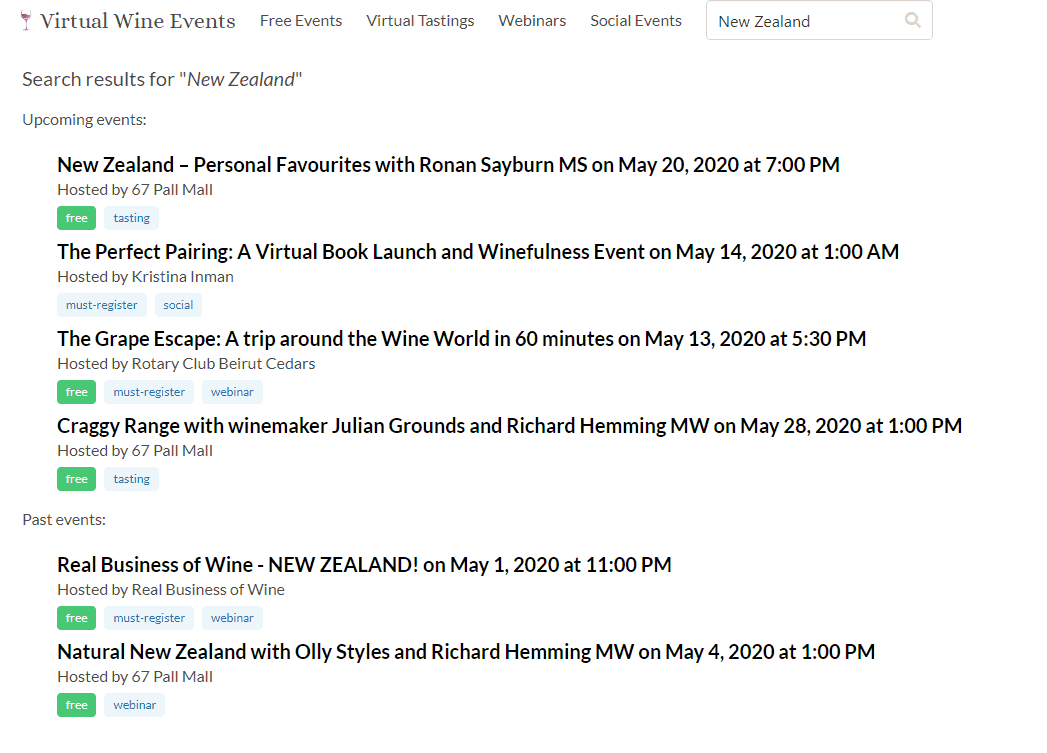
Items that have a post-event recording available will have a special tag noting this for users to check out.
Another feature that will come a little further down the road is the ability to subscribe to be notified of events based on keywords such as a favorite winery or wine region. This way, whenever an event that matches is submitted, the consumer will automatically get an email notification of it.
How can wineries use this tool effectively?
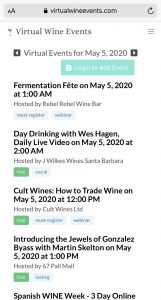
Mobile view of events.
While I highly encourage wineries to start using VirtualWineEvents.com as another promotion tool, you’ll quickly notice poking around the site that there are A LOT of online wine events happening. And more are popping up every day. So to maximize your reach, keep a couple tips in mind.
1.) Have a Catchy Title. Something more than just “Virtual Tasting with the Winemaker”–stuff. On mobile, all people are going to see at first is this title, so make it count. Do you have a particular theme like “The Battle of the Zins” or “Wines to convert Chardonnay-skeptics,” etc.? Think of something that is going to make folks want to click on your event.
2.) Have a Good Landing Page. This is the link that your event title goes to. Ideally, if it is an event that requires registration, you want the landing page to be that registration page. Consumers will lose interest if you make them have to click through multiple links.
3.) Make the Description Worthwhile. The search function pulls from the event title and description box. You want to make sure that if someone is looking for an event on Pinot noir, yoga, natural wine, etc., that they’re going to find you.
Any feedback or suggestions would be much appreciated!
As you can tell, this is still a work in progress. You can email me at amber@spitbucket.net with comments as well as hit me up on the Virtual Wine Events Twitter handle, @VirtualWineEvts.
This will definitely be a valuable tool for connecting consumers with wineries and other small businesses. The potential of online events is limitless and go far beyond just virtual wine tasting and webinars. There are folks hosting murder mystery parties, cooking and painting classes, R&B social events, trivia quizzes, watch parties for movies & YouTube premieres, etc. Long after we’ve emerged from our Covid slumber, there will still be consumers interested in online wine events.
Hopefully now they will be easier to find.

